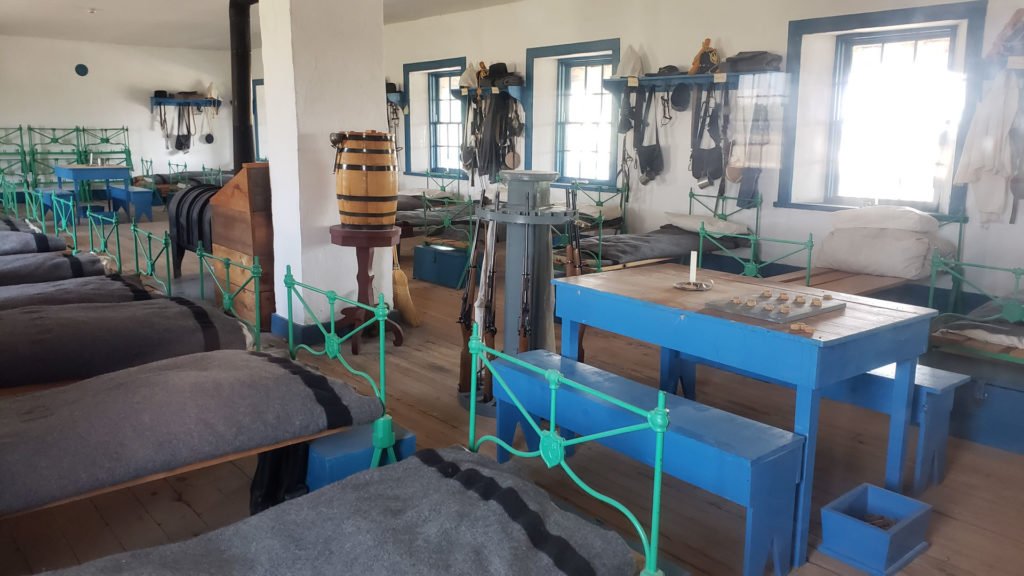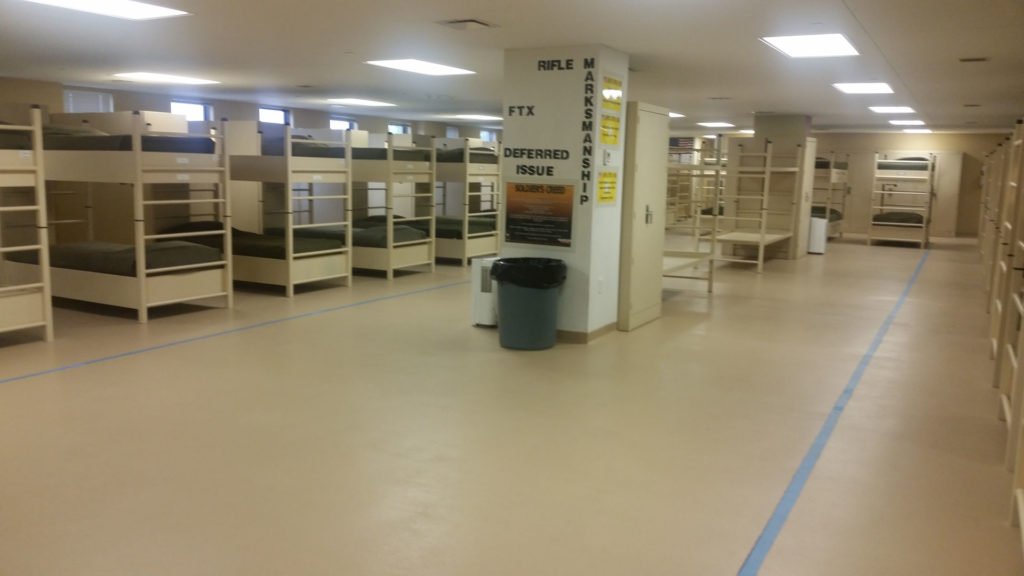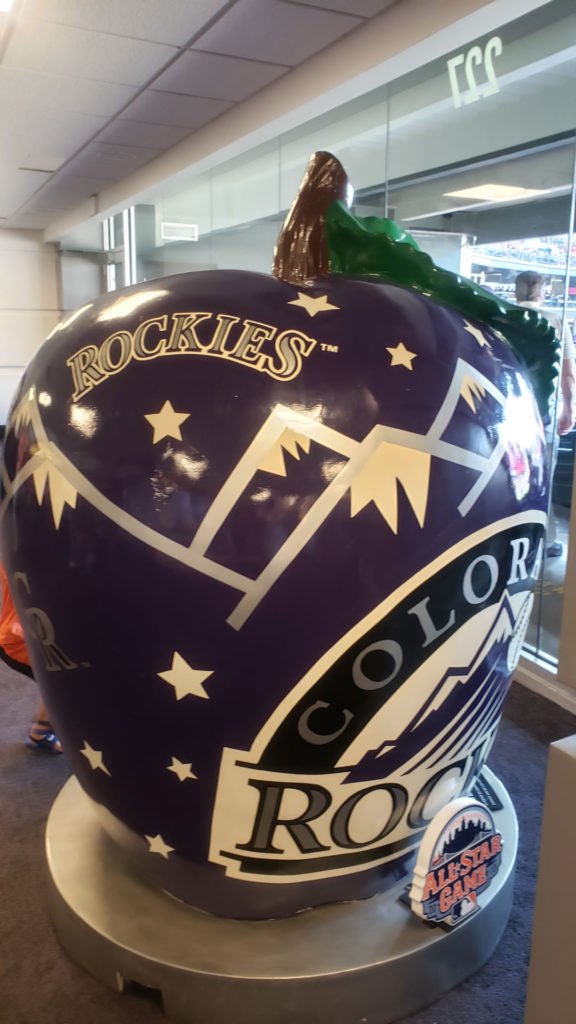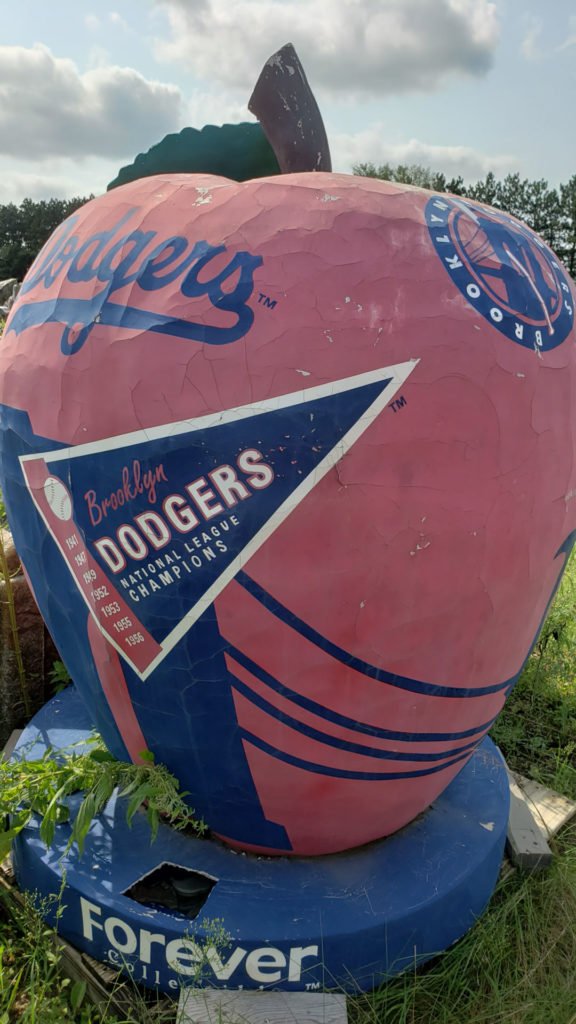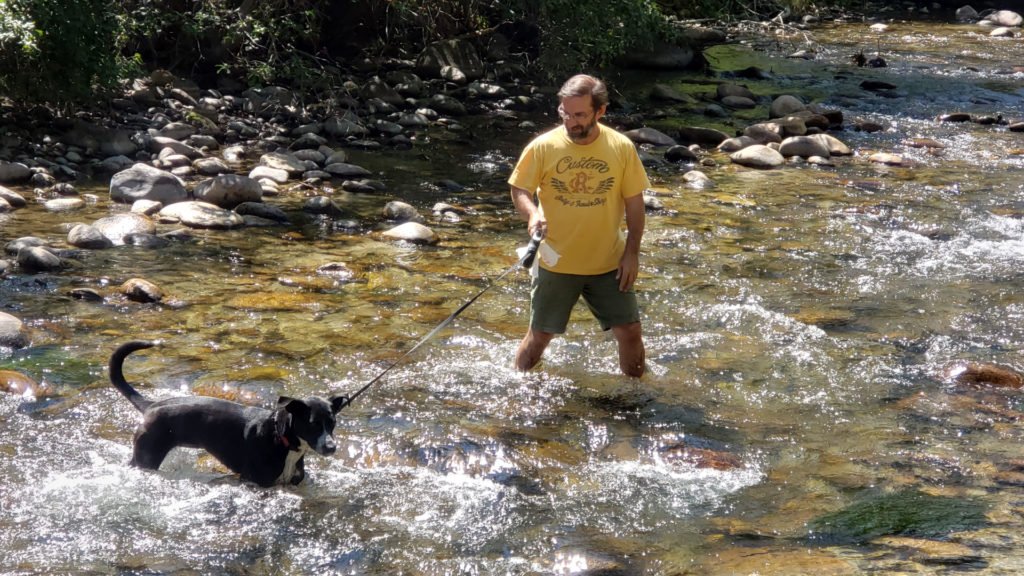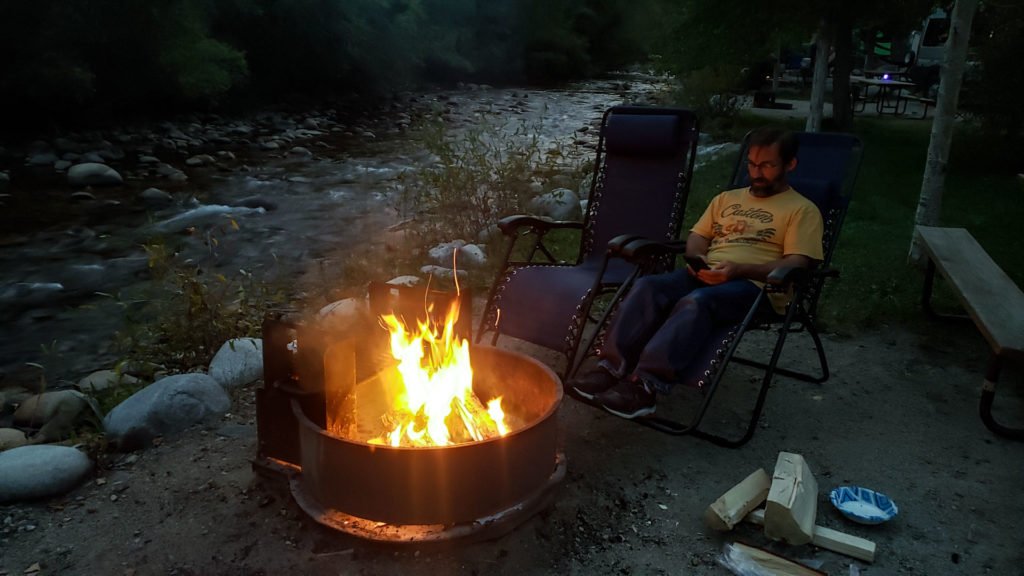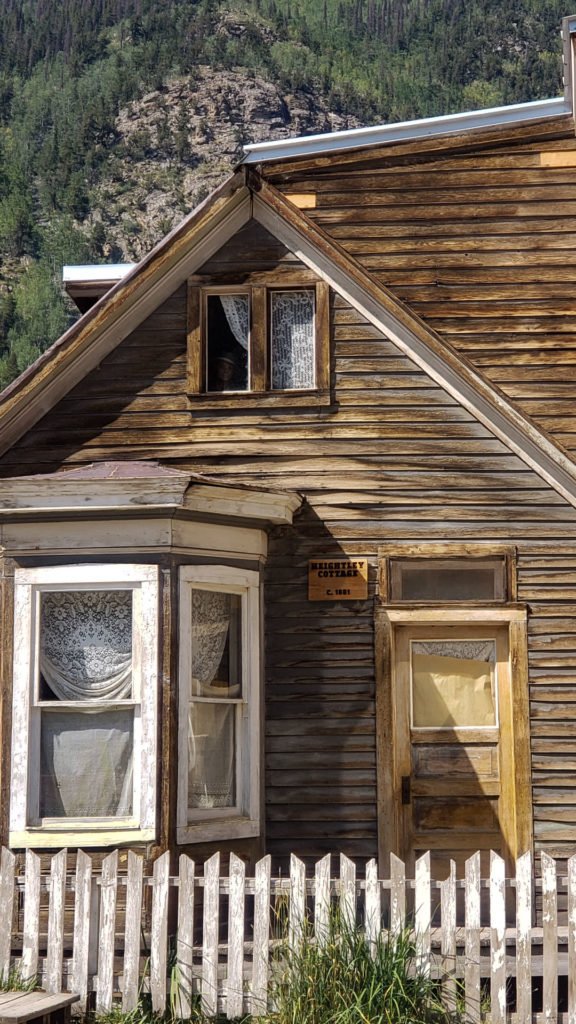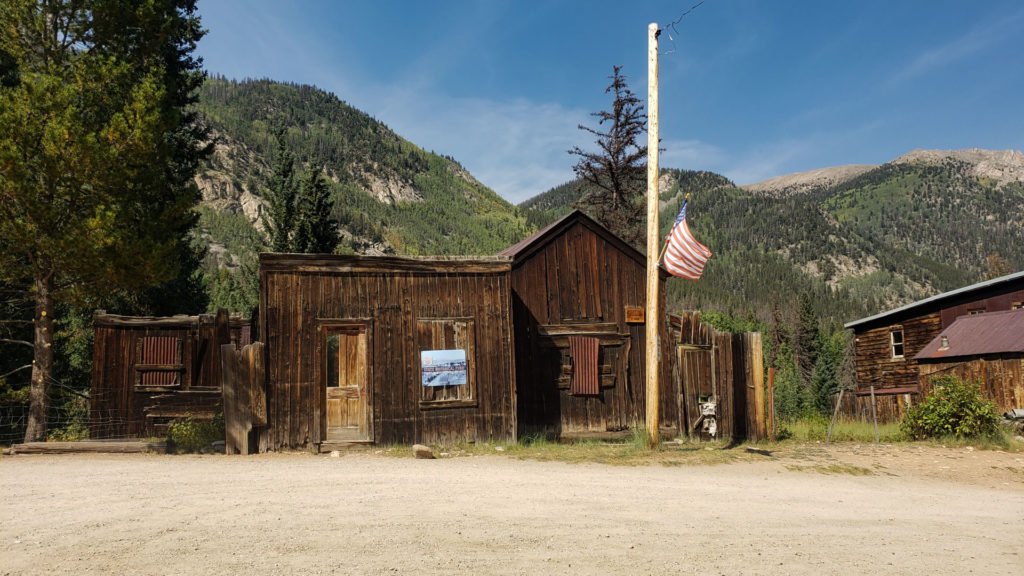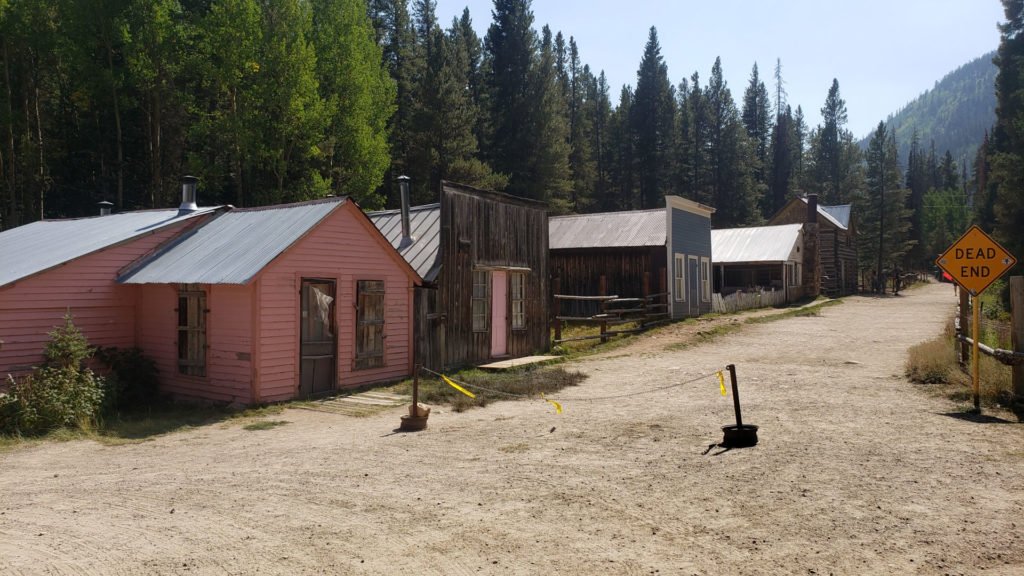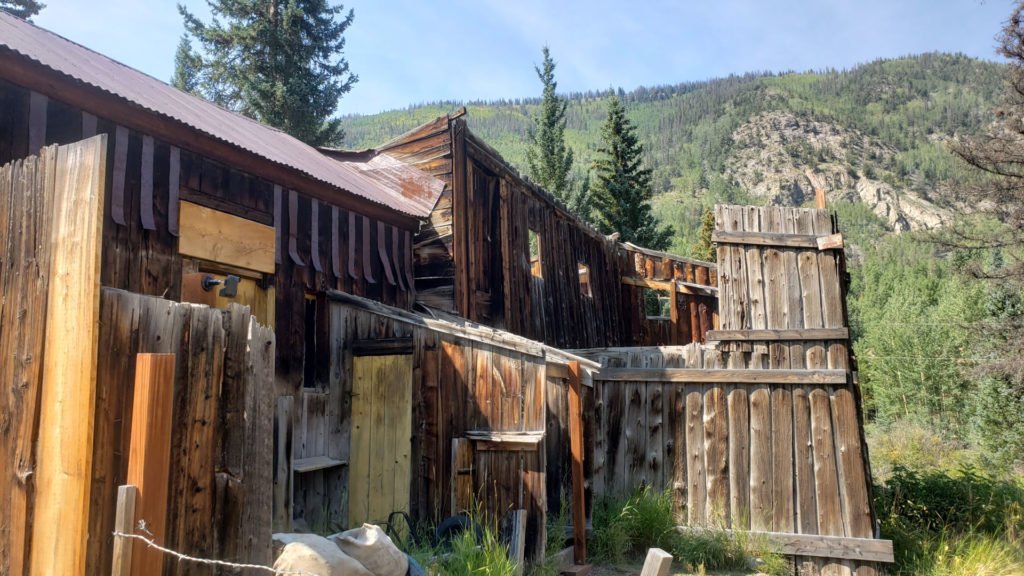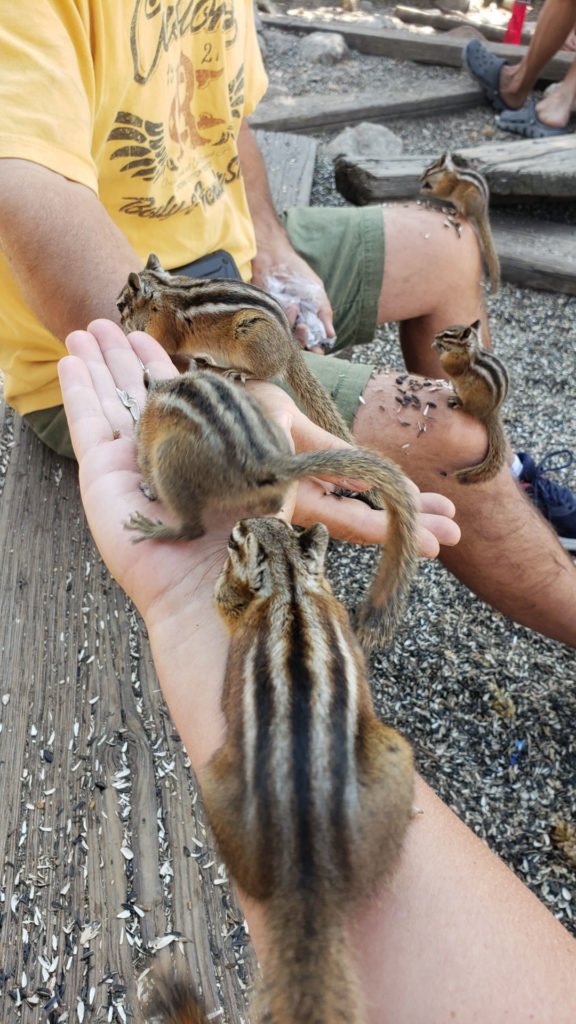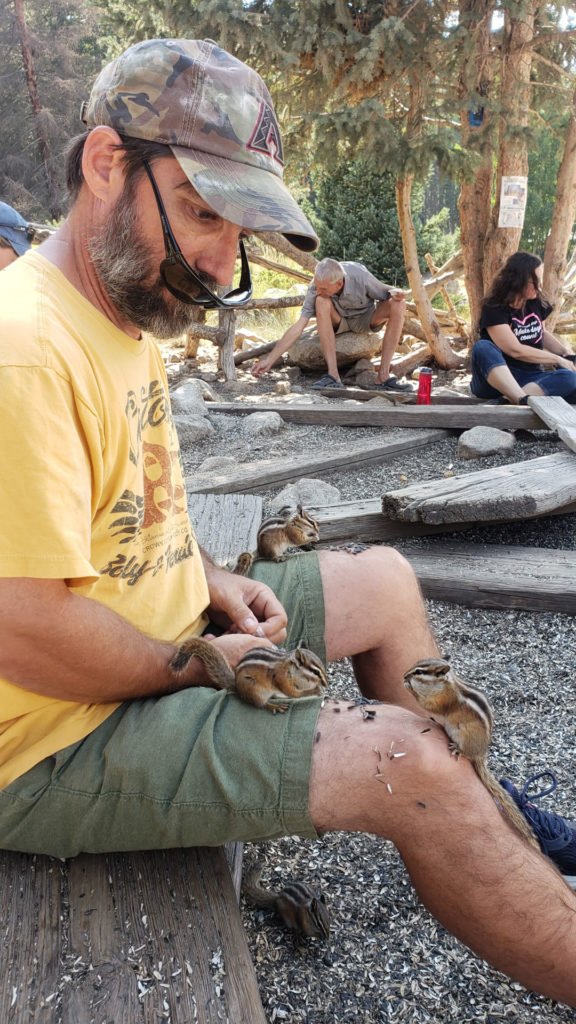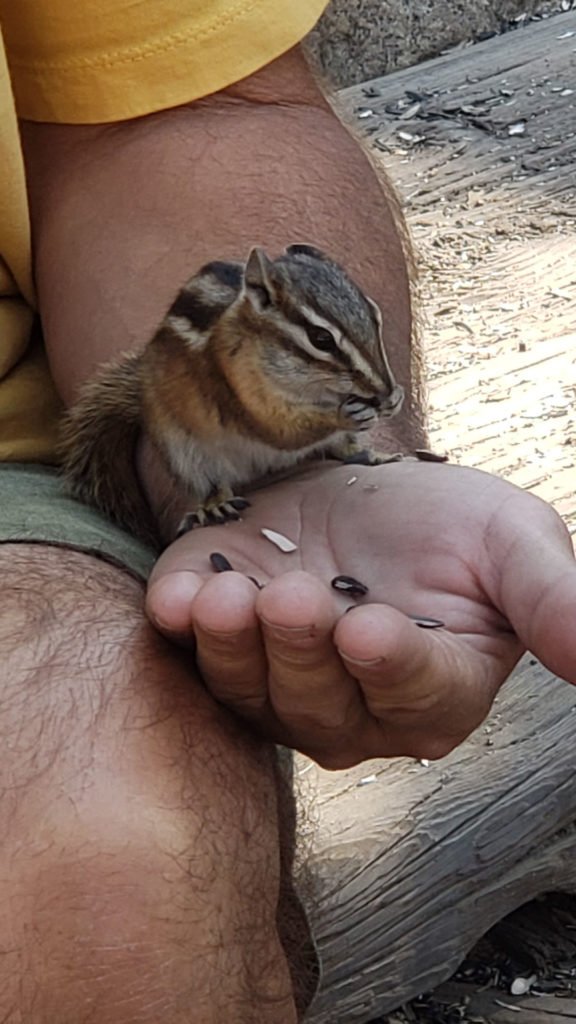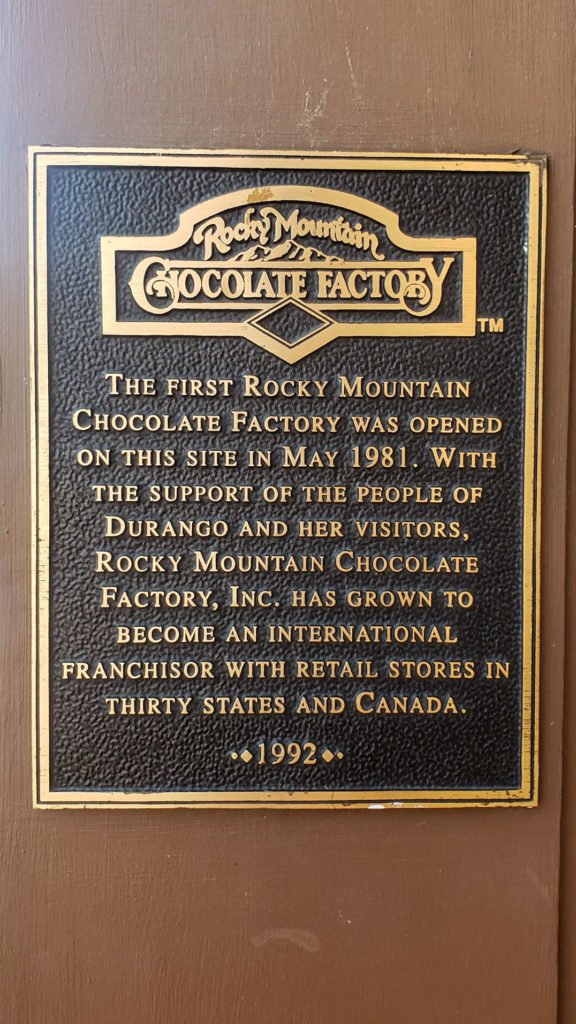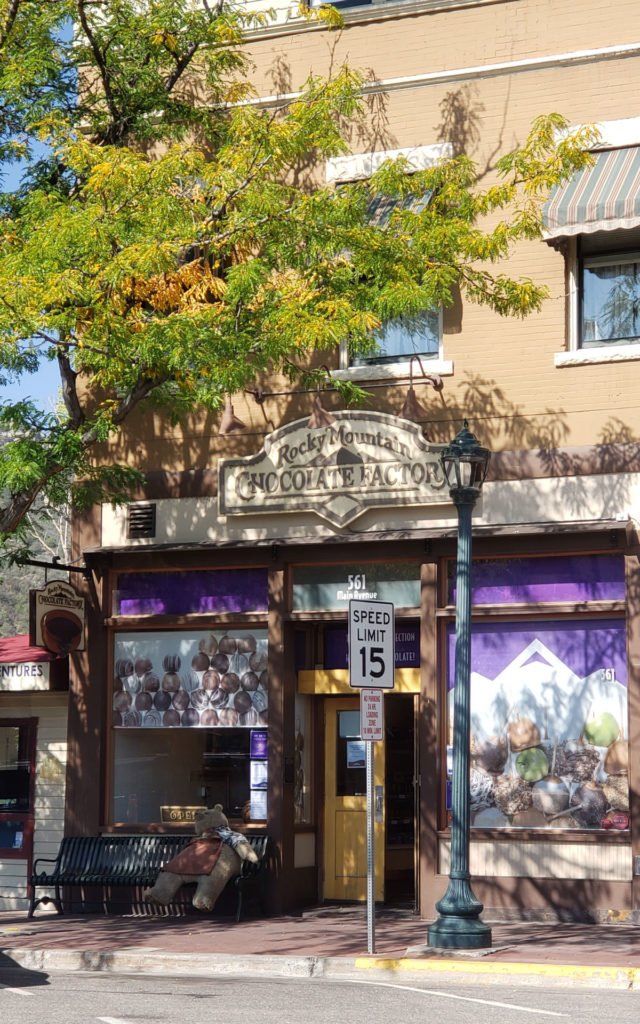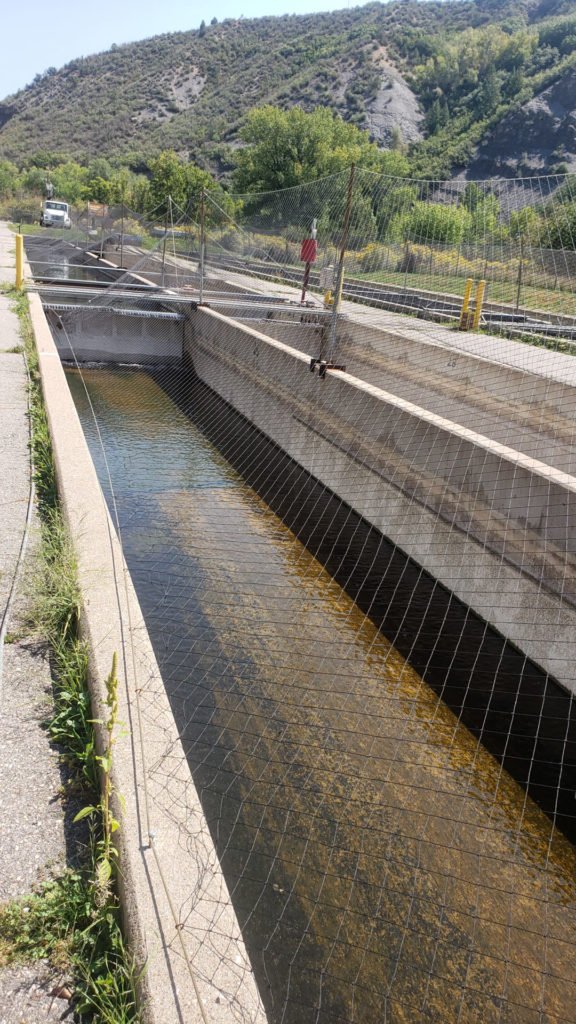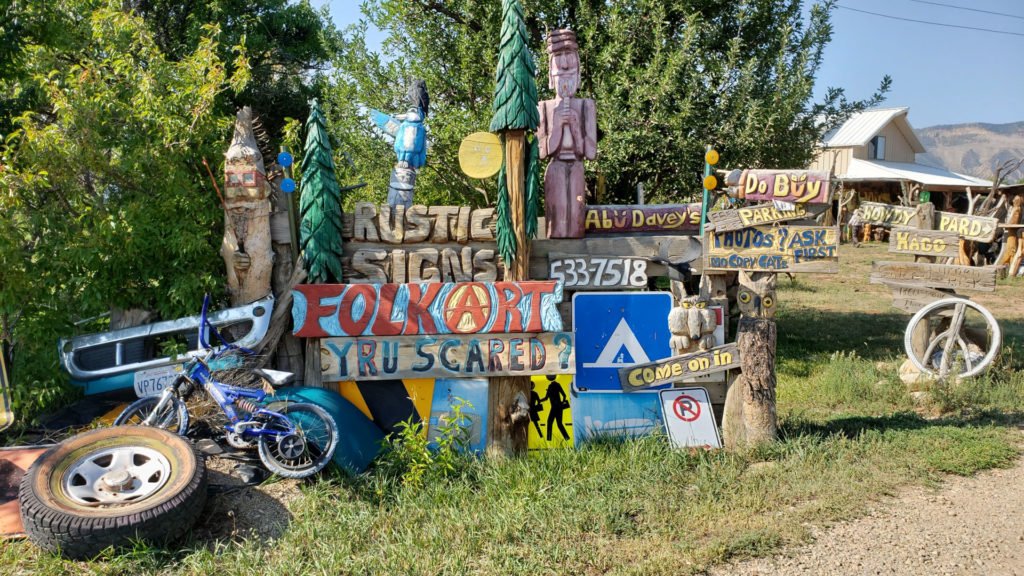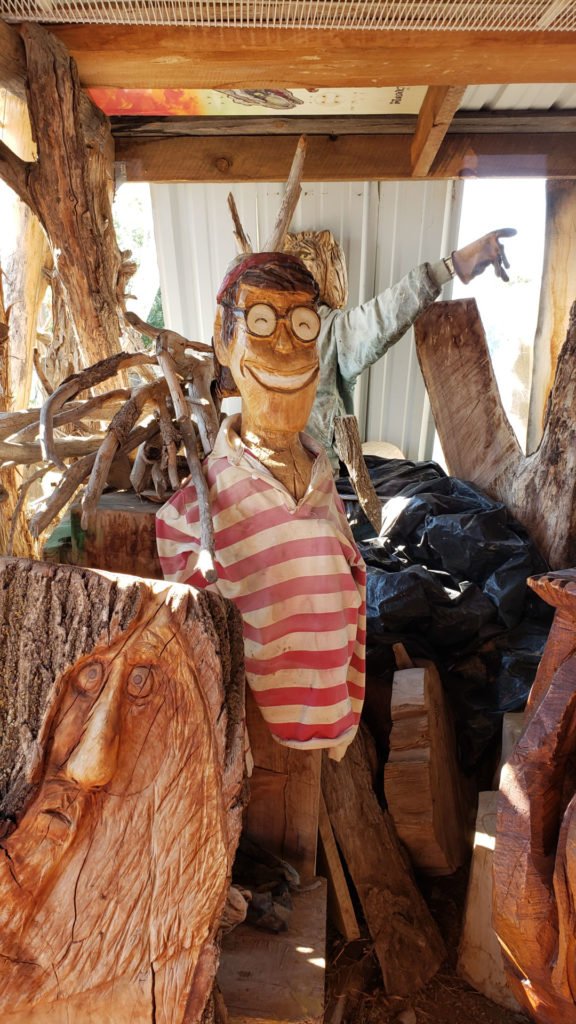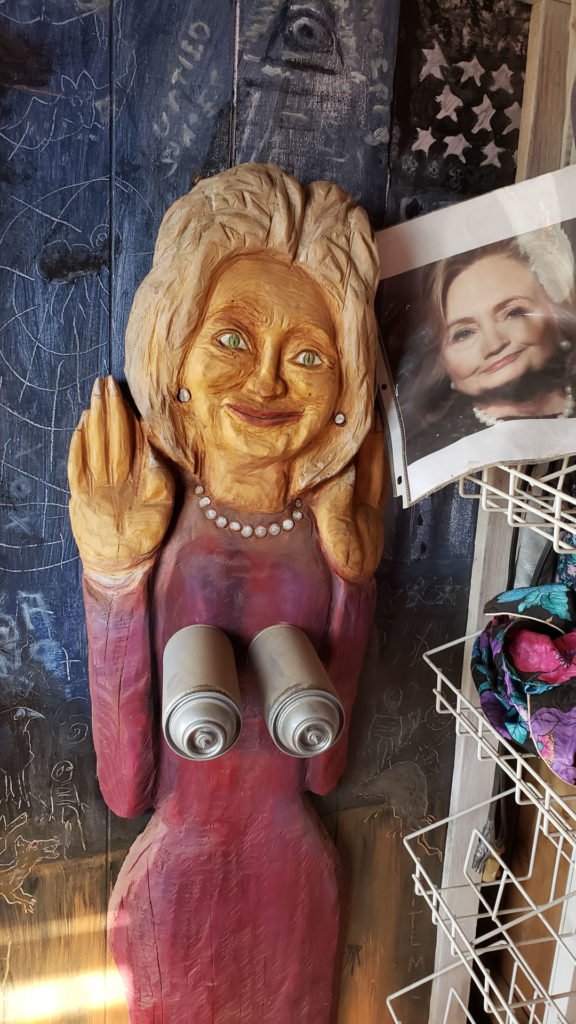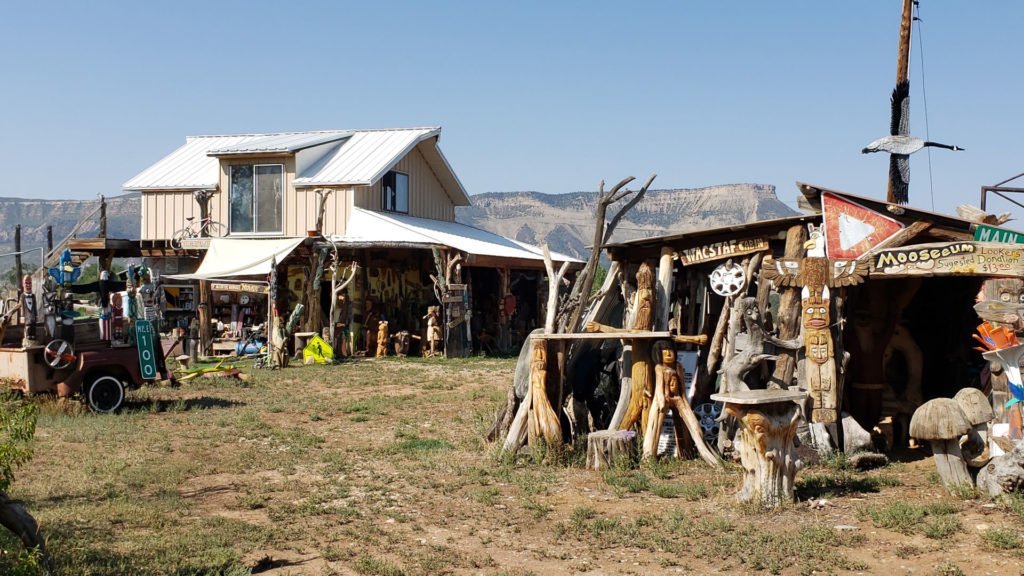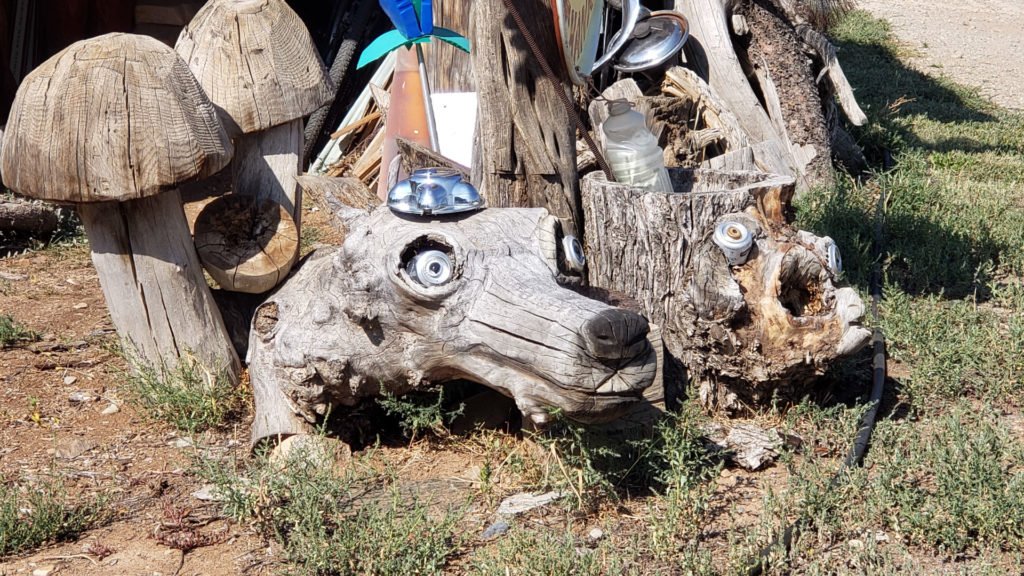As we make our way back home, we have a couple of long days ahead of us. First up, approximately 400 miles from Custer, SD to Denver, CO by way of Fort Laramie, WY. Which, by the way, I do NOT recommend.
To break up the trip and have a place to stop for lunch, we planned a visit to Fort Laramie National Historic Site. Unlike our visit to Fort Apache in Arizona, Fort Laramie was well set up for tourists.
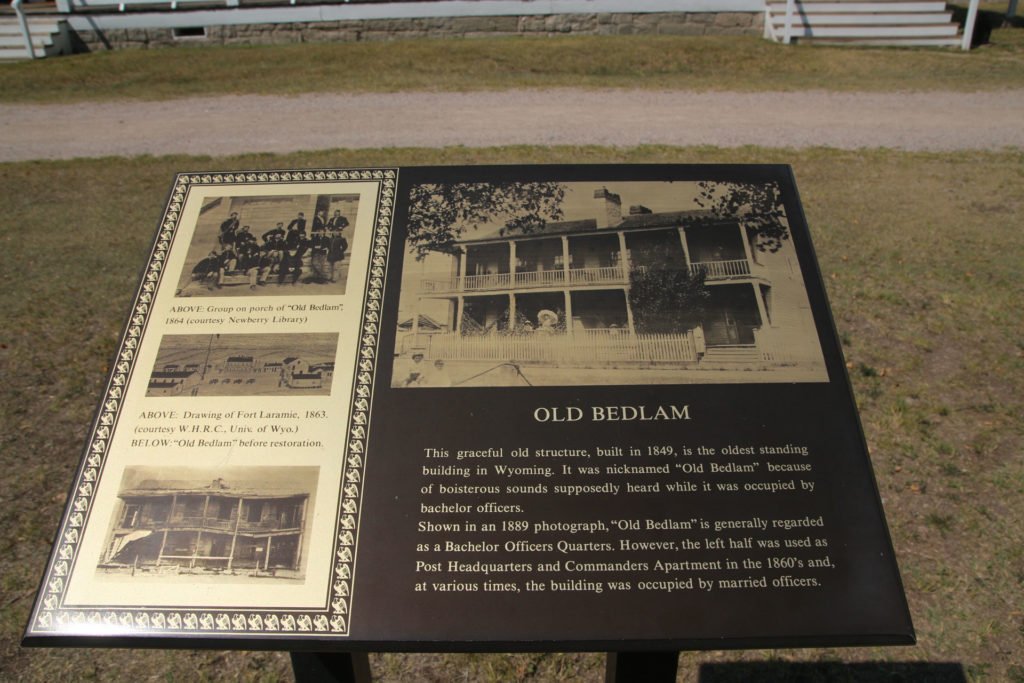
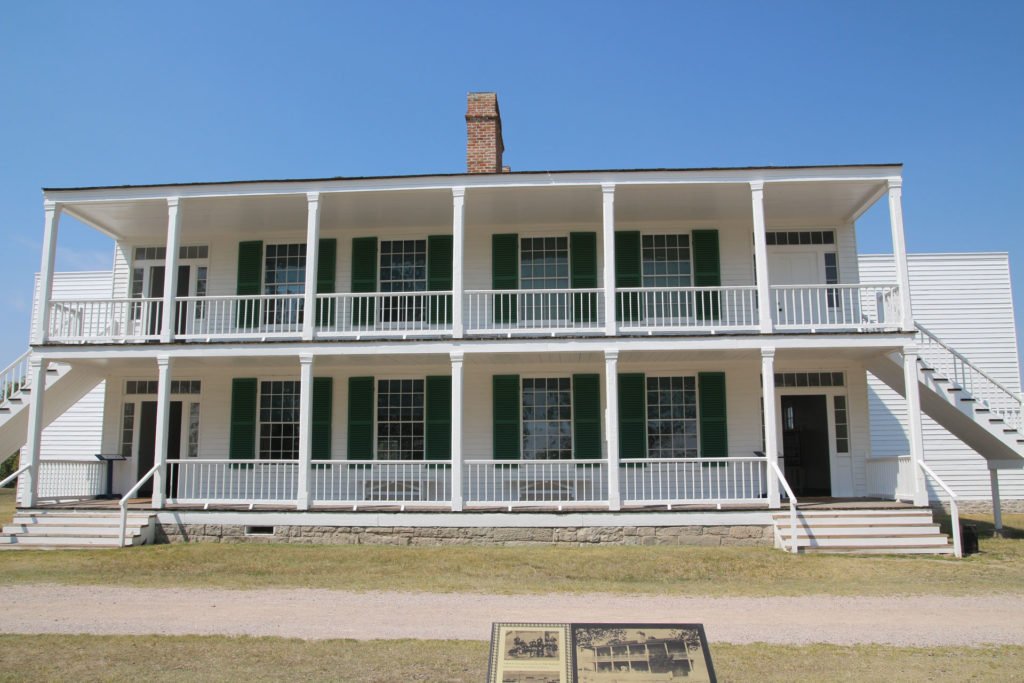
Fort William, as it was originally called, was first built in 1834 and measured only 100 ft by 80 ft. The US Army purchased the location in 1849 and officially renamed it Fort Laramie. Their desire was to establish a military presence along the trails regularly taken by the wagon trains heading west.
Because of its size and location, Fort Laramie played an important role as the transportation and communication hub for the central Rocky Mountain region. It was also integral in the conflicts and treaties with the Northern Plains Indian tribes. After the end of the Indian Wars, Fort Laramie was abandoned in 1890.
As is typical for large military forts, the buildings are all built around a center field that was used for exercises and parades.
While many of the buildings no longer exist, several have been saved and restored to their historic appearances.
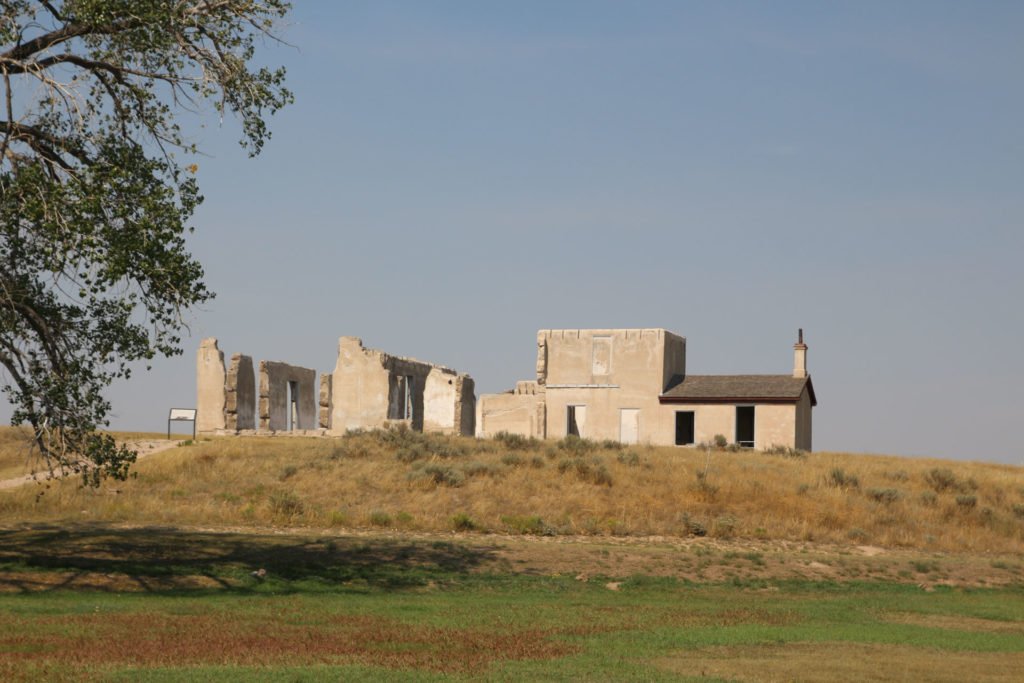
Our son, who is active duty Army, got a kick out of seeing how the soldiers lived back in the day. It reminded him of his days during Basic Training when he had to live in the barracks.
Denver
After a long day, we arrived at Prospect RV Park near Denver, CO. The park itself isn’t that nice with tight spaces on gravel surfaces but there are some great outdoor park spaces surrounding the campground.
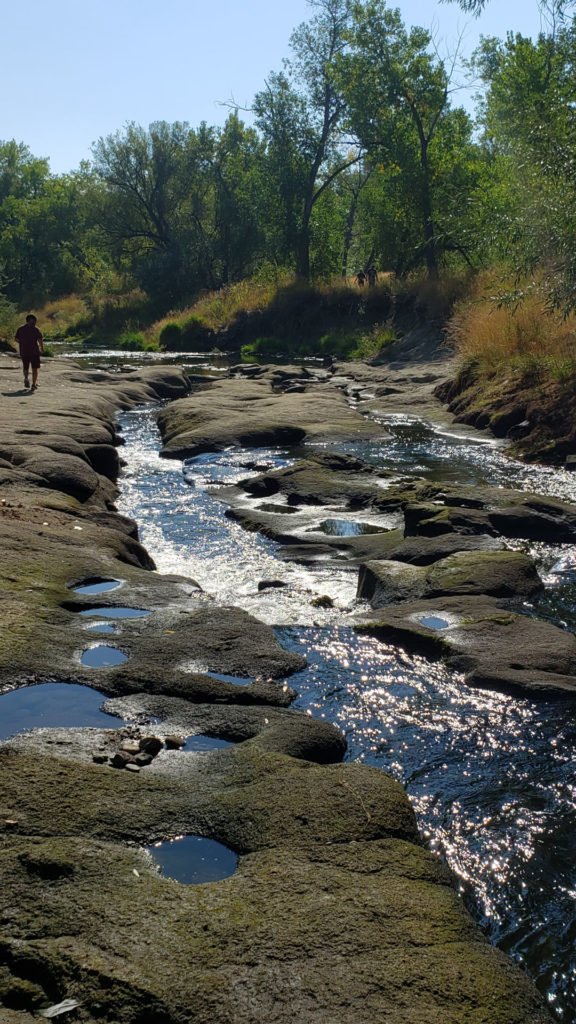
The bathrooms, though, were very nice. Each space is given access to one private (but shared) bathroom. You receive a key for your assigned bathroom. The bathrooms are just what you might find in a small apartment with a shower, toilet and sink. They were clean and had plenty of hot water. Though the signs warned you to stay no longer than 15 minutes or NO SHOWER FOR YOU!
Coors Field
Next up, our last Baseball game of the trip – Coors Field! Games at Coors Field are fun because there are a lot of homeruns. The altitude of the stadium makes it more likely balls hit will travel a long way. Jeff says it has something to do with the “thickness” of the air. Google kinda confirmed that by saying there’s less drag on the ball at that altitude.
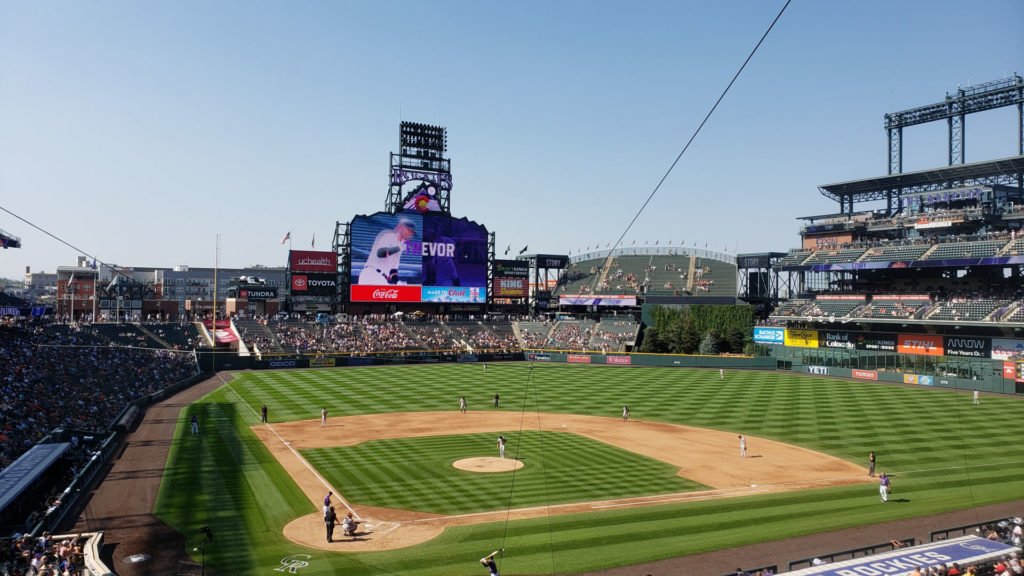
These guys are confirming all kinds of stats and making sure all the stuff is running like it should.
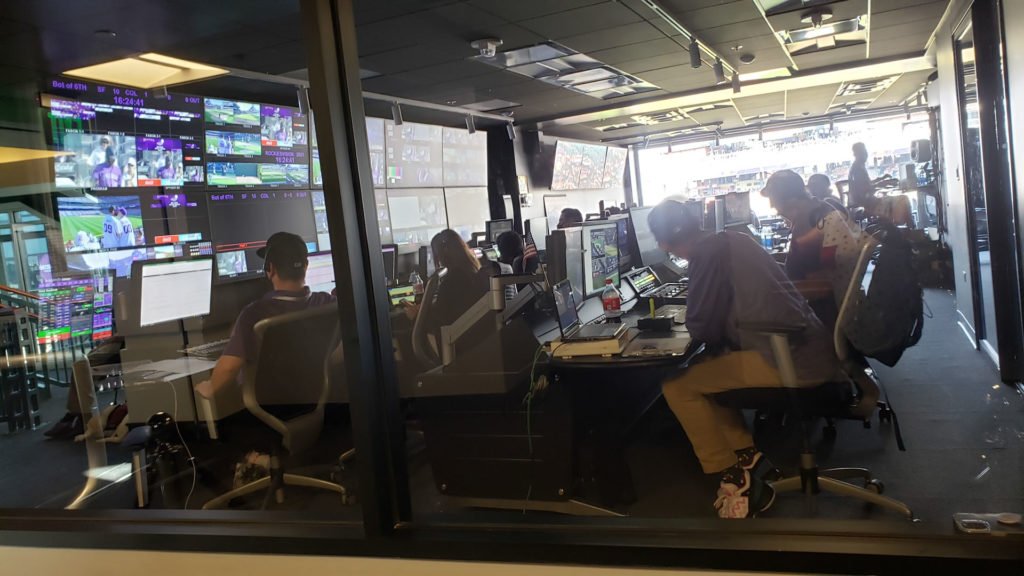
We had ANOTHER FAST Fiberglass sighting while we were at the game.
Chalk Creek
Next up is a short, 120 mile drive to Nathrup, CO where we stayed at Chalk Creek Campground. There are two sections to this RV park. The upper section is pretty sparse with little shade but with full hook ups. The lower section is right along the Chalk Creek and is fully wooded but you are limited to power and water only.
Jeff managed to reserve the most beautiful space in the whole park! It was so nice, despite the limited hook ups, that we actually tried to stay an extra day or two. Unfortunately, we weren’t the only ones to think so and the site was booked right after we left.
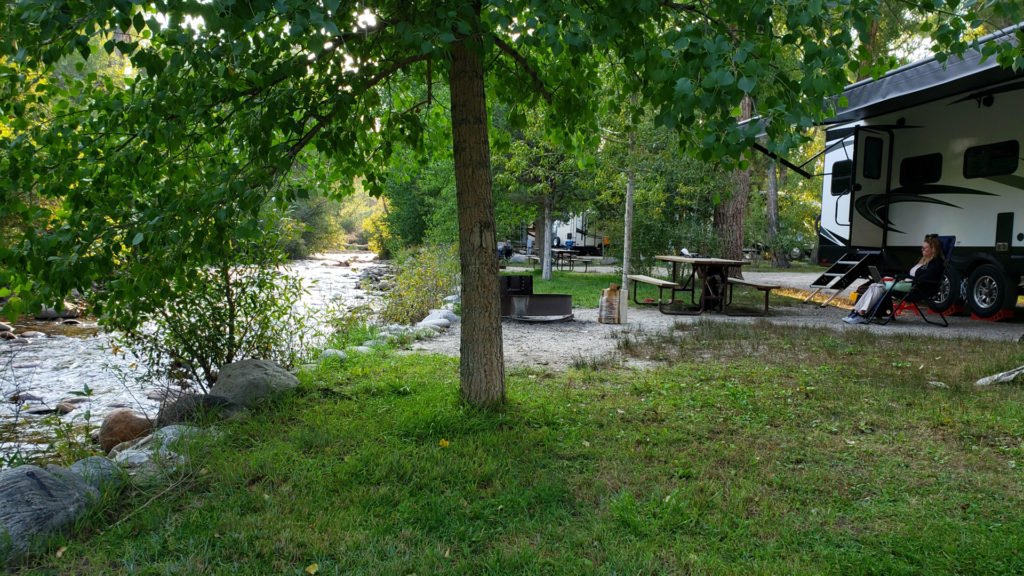
Alvin, Simon and Theodore!
After setting up camp, we headed up to St. Elmo Ghost Town. Like many towns throughout the Southwest, St. Elmo started out as a mining encampment. It was incorporated as the town of St. Elmo in 1880. Once mining shut down, the railroad eventually stopped in 1922 when people said the population of St. Elmo road the last train out of town and never came back. Finally, mail service was discontinued in 1952 when the current postmaster died.
The town is now privately owned but is open to walk around and look at the buildings. What is unique to St. Elmo is the feel that it hasn’t been “restored” but rather left just like it was giving off a twilight zone like feel.
Across from the general store, which sells lots of antiques and a few St. Elmo related souvenirs, is Chipmunk Crossing. This silly activity was actually one of the highlights of the entire trip for both Jeff and I.
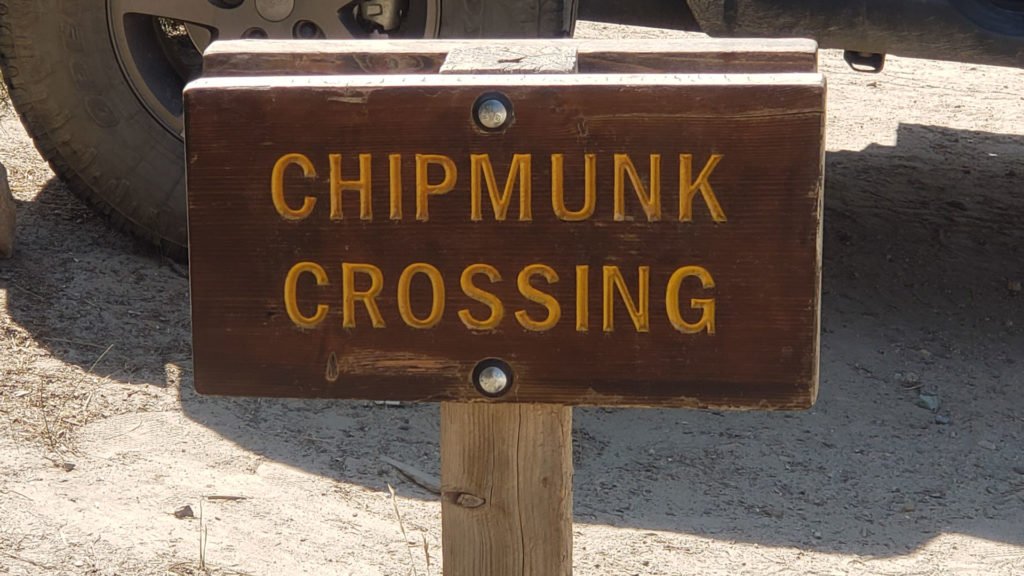
After putting Rizzo securely in the truck, we spent a whole 50 cents to purchase a baggie of sunflower seeds and placed ourselves in the middle of the crossing with seeds in hand. Within just a few minutes, Alvin, Simon and Theodore along with their cousins hopped right up to chow down on the seeds. These little critters were so adorable and just loved to eat right out of your hand, or off your head. I think we both could have spent another hour just letting them run all over us if we didn’t have a doggo waiting in the truck.
The drive up to and back from St. Elmo is worth the mention also.
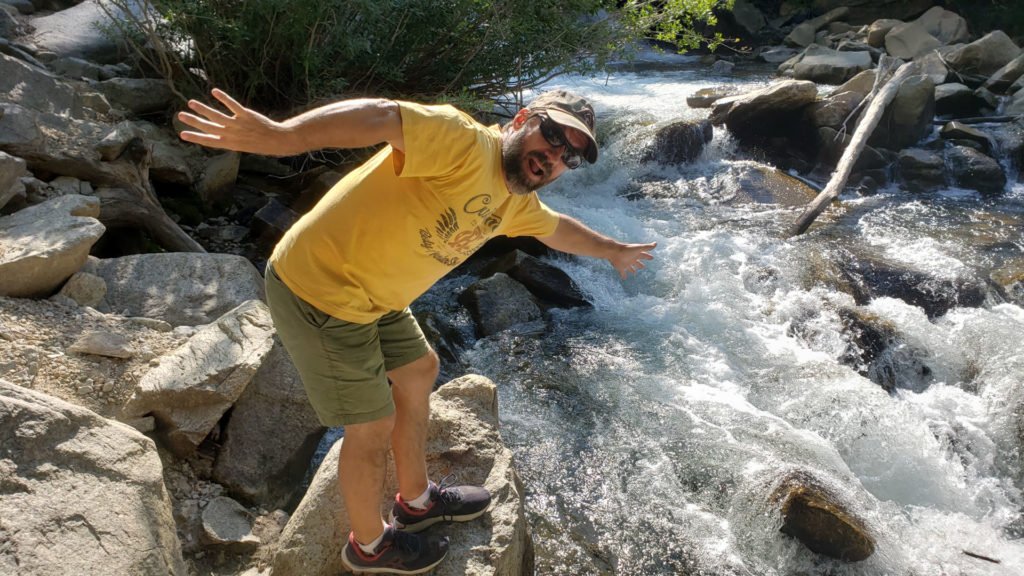
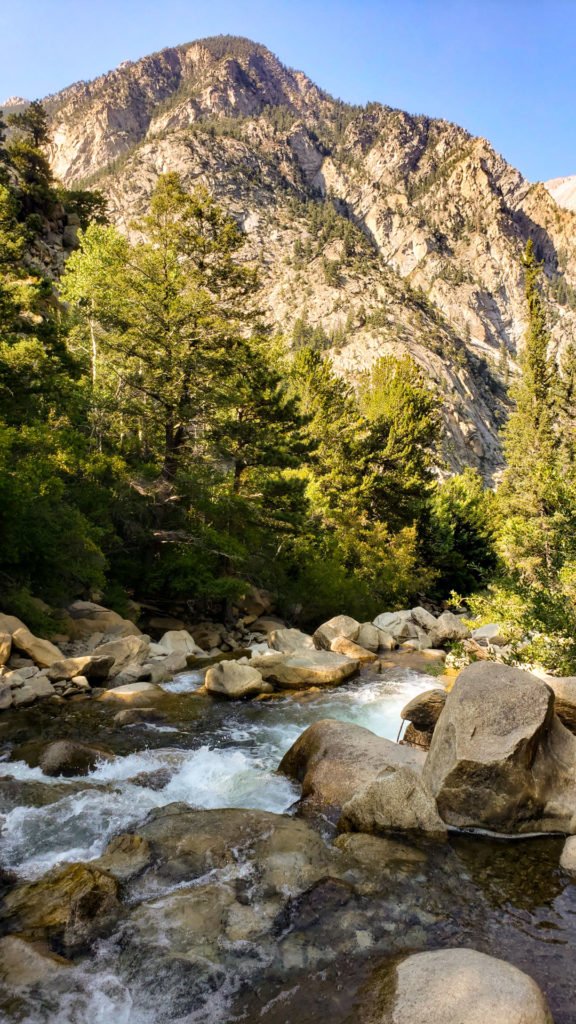
Monarch Pass
On our way out of Nathrup, we took a side trip up to Monarch Pass. Located along the Continental Divide, Monarch Pass sits at an elevation of 11,312 ft, at least according to the shirt I bought at the gift shop. But did you know that the Continental Divide is the place within the North American continent that divides where the water flows. West of the Divide and the water flows into the Pacific Ocean. East and it flows into the Atlantic.
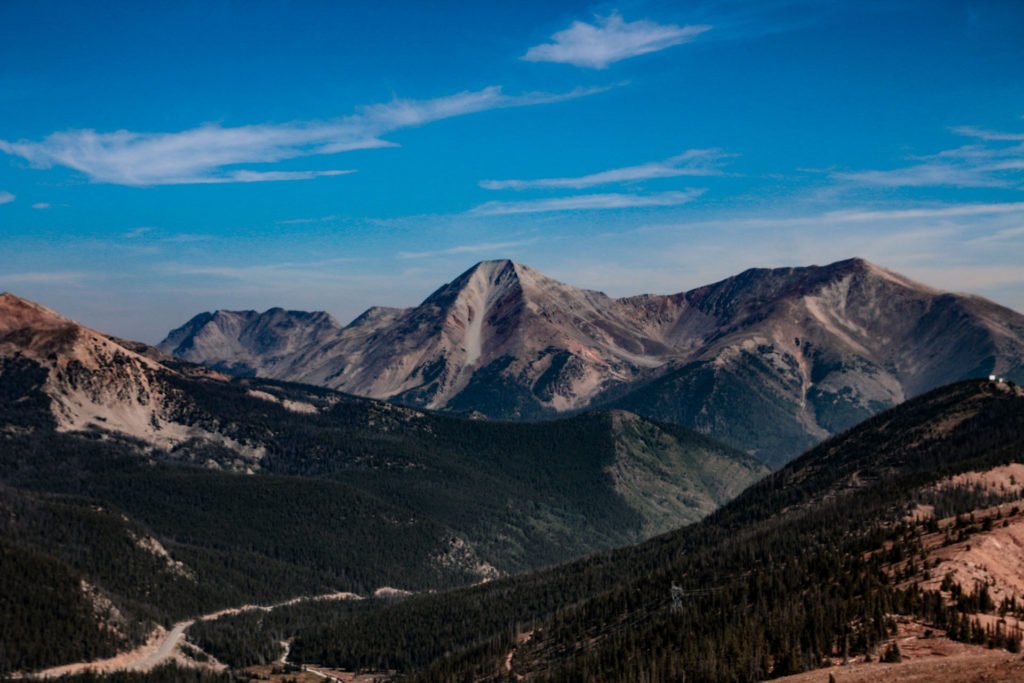
While we were there, we opted to take the dog-friendly aerial tram up to the top where you can see incredible panoramic views that go on forever.
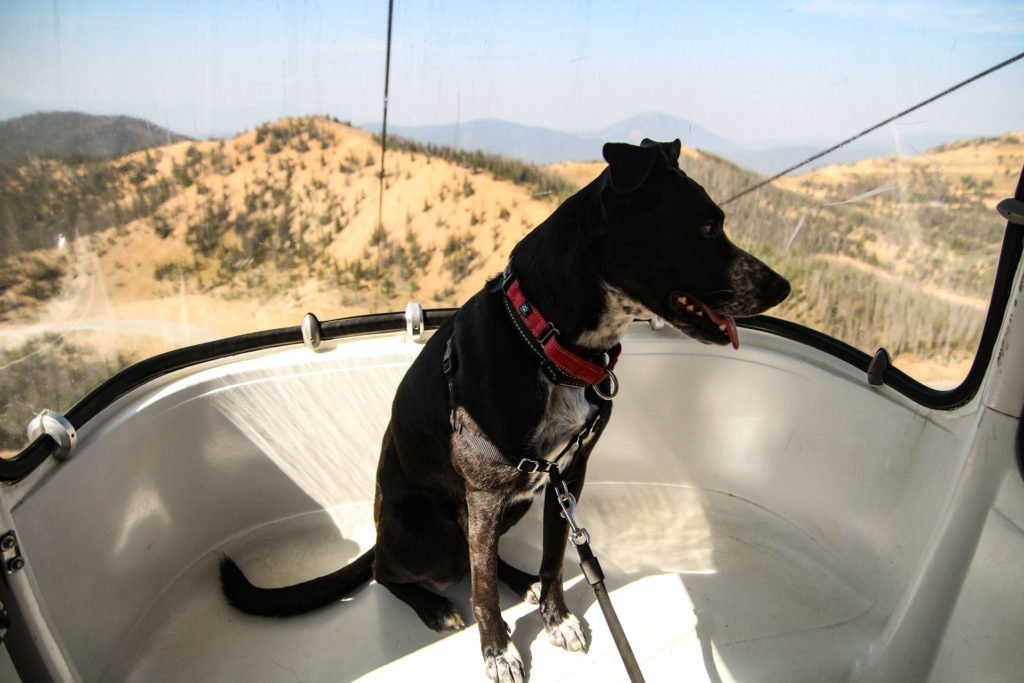
Dog-Friendly Durango
Our last stop in Colorado and before we hit Arizona is Durango. Here we stayed at Alpen RV Park. While the spaces were a little close, the grounds were beautiful and it even included a 2+ acre fenced dog run that Rizzo LOVED! The park also offers a breakfast and dinner menu which is a great idea when you come in late in the evening or don’t want to cook after teardown in the morning.
Much of Durango has been hit by the effects of the pandemic and a lot of the shops and restaurants were closed due to staffing issues. All of the non-food stores were super dog-friendly and loved having us bring Rizzo inside. Kuddos for that Durango!
Durango is also the home to the very first Rocky Mountain Chocolate Factory! Well, of course!
While in Durango, we checked out the Fish Hatchery which is the second largest hatchery in Colorado. This facility is where they hatch and raise small fish to various sizes before releasing them into the lakes and rivers all over Colorado for fishing purposes.
Tip: Make sure to bring 50 cents with you, and a cup. You can purchase a large handful of fish food and feed the fish.
Oh Dave!
On our way out of Durango, we stopped at Dave Sipe’s Folk Art “Museum”. Dave, himself, was on hand to greet guests and chat a bit about anything and everything. His artwork is fun and he’s quite a talker so make sure you plan a little extra time than you might think here!
And with that, we wrap up our 7 week adventure across the country. We look forward to another long trip soon but next up is a weekend in Prescott, AZ in October. See you then!

